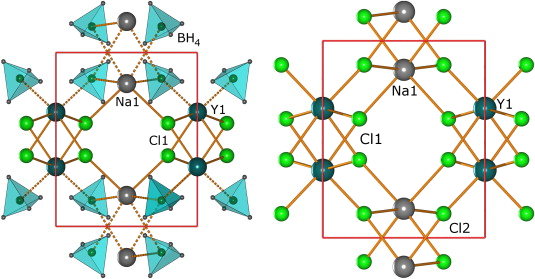-
A mixed-cation mixed-anion borohydride NaY(BH4)2Cl2
D.B. Ravnsbæk, M.B. Ley, Y.-S. Lee, H. Hagemann, V. D'Anna, Y.W. Cho, Y. Filinchuk and T.R. Jensen
International Journal of Hydrogen Energy, 37 (10) (2012), p8428-8438


DOI:10.1016/j.ijhydene.2012.02.130 | unige:21592 | Article HTML | Article PDF

Hydrogen production from waste feedstocks using supercritical water gasification (SCWG) is a promising approach towards cleaner fuel production and a solution for hard to treat wastes. In this study, the catalytic co-gasification of starch and catechol as models of carbohydrates and phenol compounds was investigated in a batch reactor at 28 MPa, 400–500 °C, from 10 to 30 min. The effects of reaction conditions, and the addition of calcium oxide (CaO) as a carbon dioxide (CO2) sorbent and TiO2 as catalyst on the gas yields and product distribution were investigated. Employing TiO2 as a catalyst alone had no significant effect on the H2 yield but when combined with CaO increased the hydrogen yield by 35% and promoted higher total organic carbon (TOC) reduction efficiencies. The process liquid effluent was characterized using GC–MS, with the results showing that the major non-polar components were phenol, substituted phenols, and cresols. An overall reaction scheme is provided.